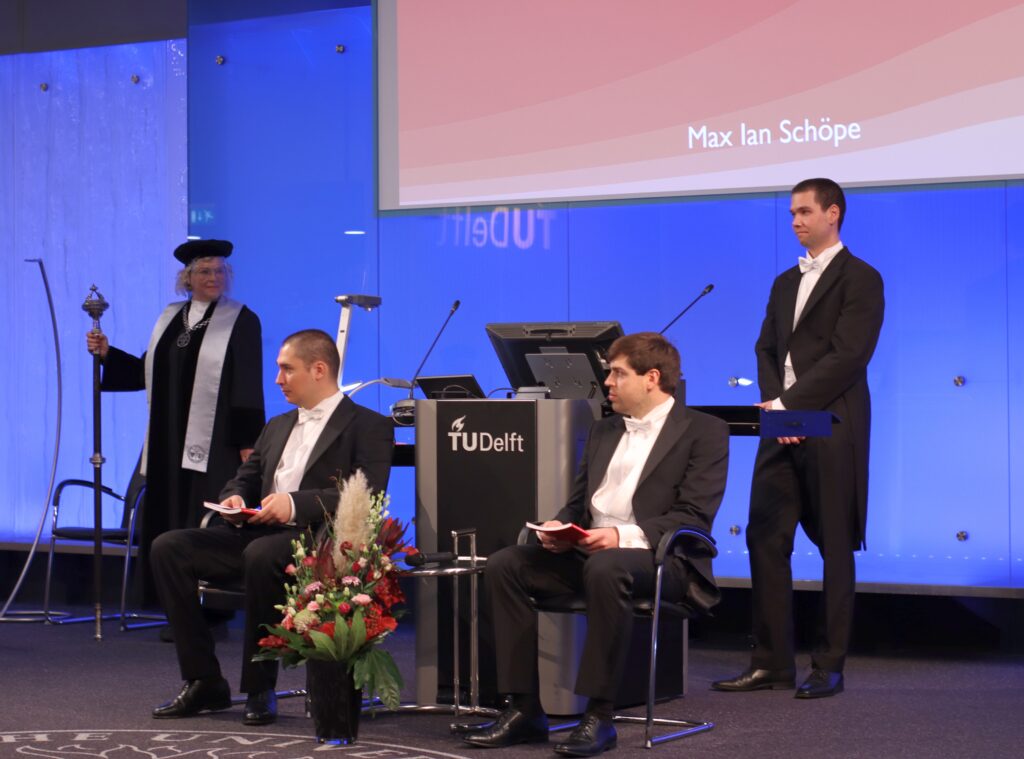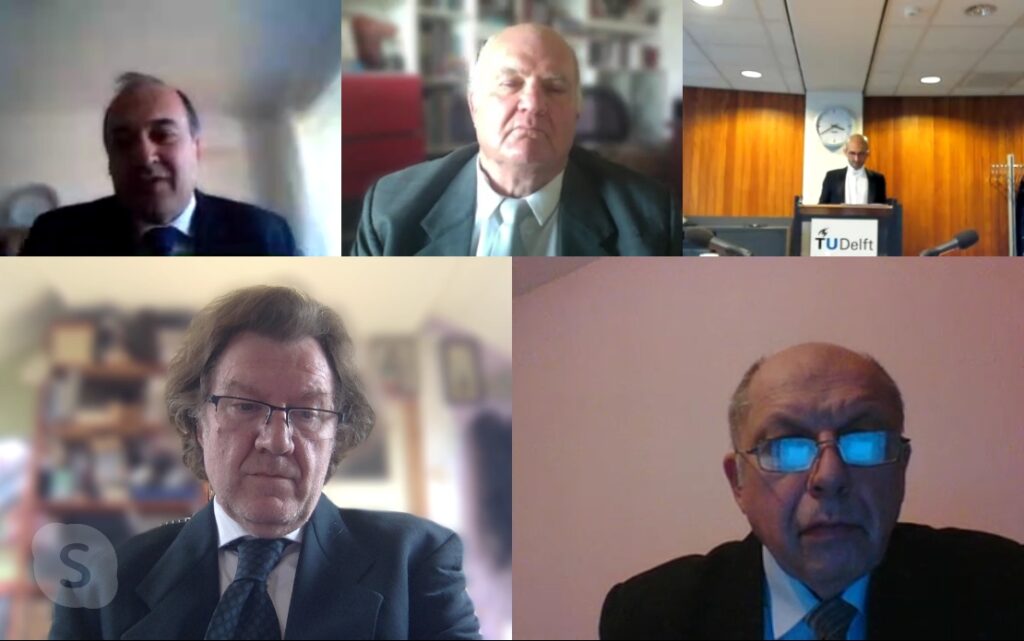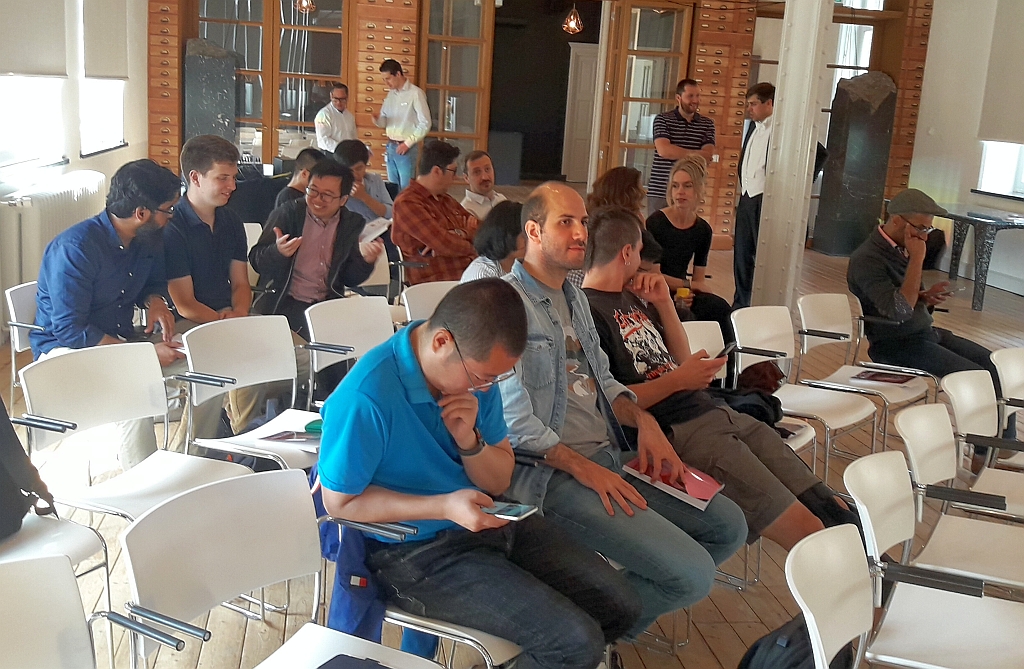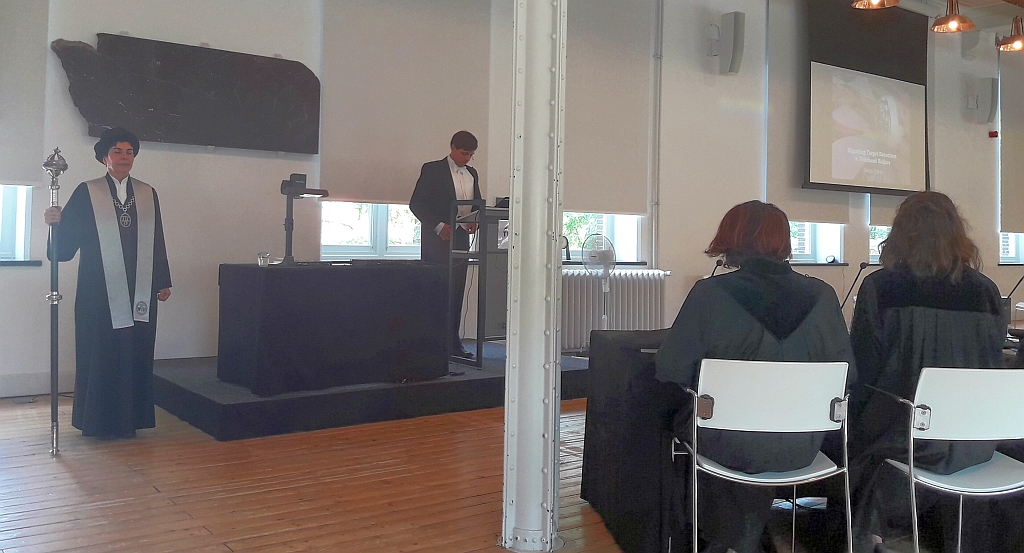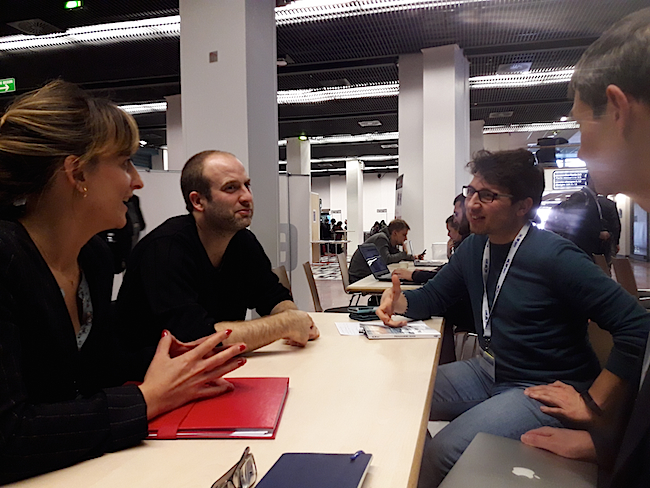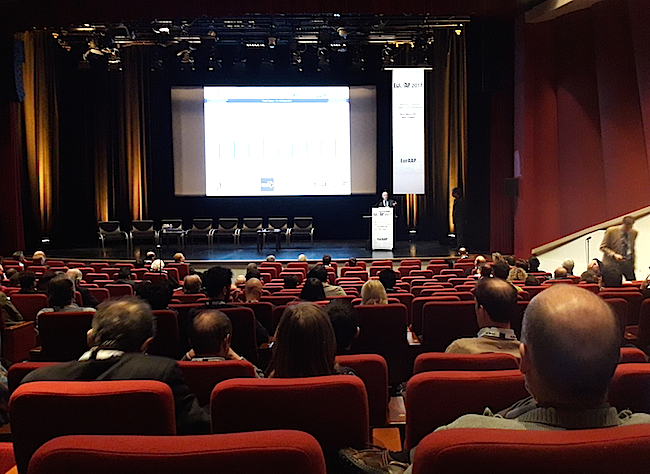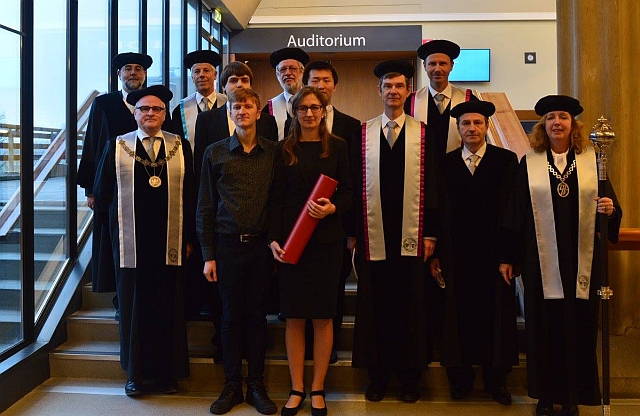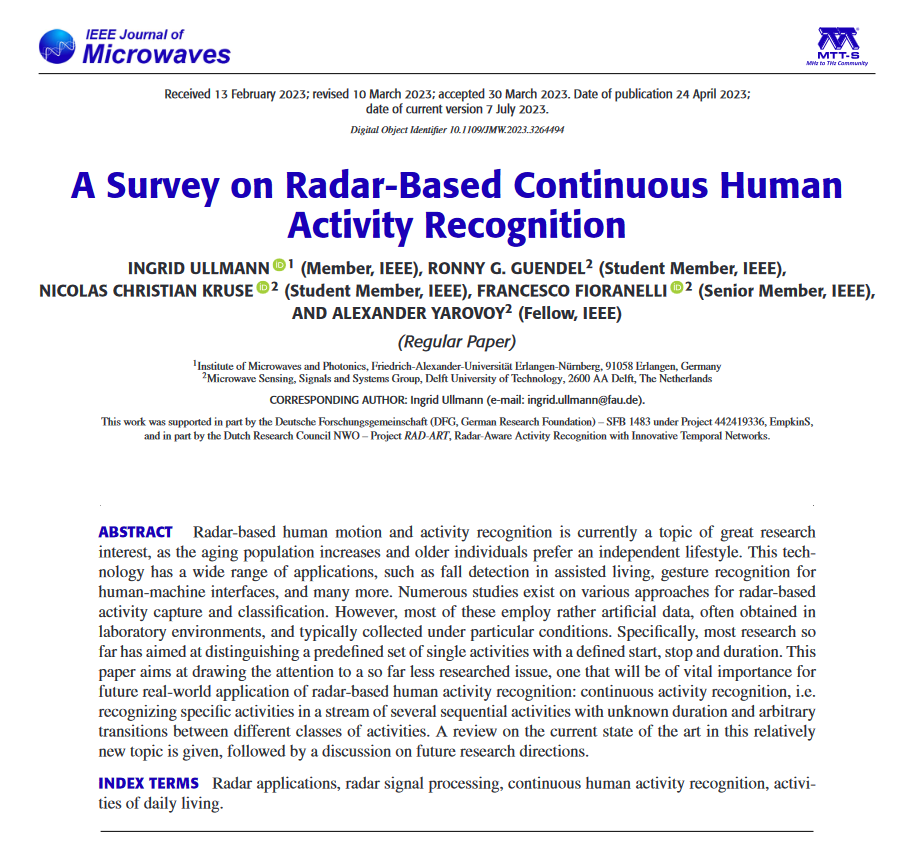
Blog Archives
New paper in IEEE Journal of Microwaves -“A Survey on Radar-Based Continuous Human Activity Recognition”
Latex table generator from Python/Matlab/Excel
Dear all,
if you need to generate a table to LATEX generator, perhaps for your thesis, paper, etc.
There are a few simple ways:
- You have your table generated in excel or any other listing format you can use the online tool:
https://www.latex-tables.com/
https://www.tablesgenerator.com/
- You can use a CTAN package, but I have never used it:
https://ctan.org/tex-archive/support/excel2latex/
https://www.faculty.agecon.vt.edu/AAEC5126/latex/ConvertingExcelTables.pdf
- The data is already in a MATLAB table format:
https://nl.mathworks.com/matlabcentral/fileexchange/69063-matlab-table-to-latex-conversor
- The data is in a python Pandas data frame format:
Command: pandas.DataFrame.to_latex
https://pandas.pydata.org/docs/reference/api/pandas.DataFrame.to_latex.html
Cheers and good luck.
Best regards,
Ronny Guendel
Book Multisensor Data Fusion and Machine Learning for Environmental Remote Sensing
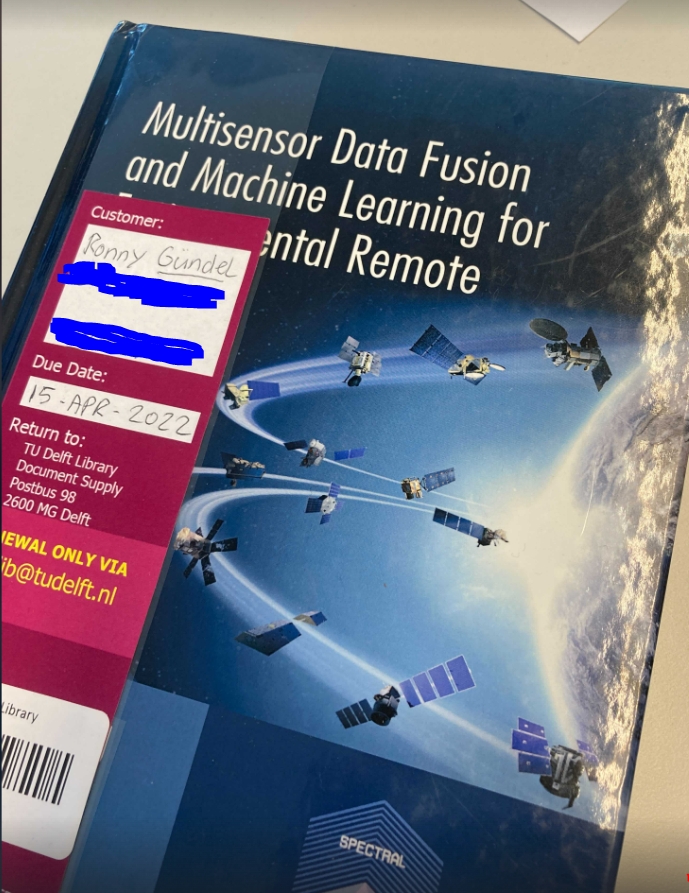
Message from Ronny: I borrowed the book from the library and won’t use it the next time. In case, someone is interested in the topic the book will be with Francesco. Please feel free to pick it up and skim through it.
It is a nice book for people interested in sensor fusion, whereas not too technical, but with good references listed.
Best, Ronny
A few links for MSc students working on their literature review
I wrote down a few bullet points that might be useful for MSc students working on their literature review and I want to share them.
A few things that might be interesting for you as a student working on a literature review.
(1) Please don’t read the whole paper in detail.
Abstract, partly the introduction, conclusions, and have a look at figures – and if so, a few interesting sections, and subsections.
The links explain that nicely:
https://bitesizebio.com/11060/how-to-read-a-scientific-paper/
https://www.youtube.com/watch?v=IeaD0ZaUJ3Y
(2) make a literature-review-table such that you can (a) easily go back to the papers, (b) cite them quickly. Also, please think carefully about the columns of the table (methods, used radars, frequency bands, participants, classes in the dataset, etc. pp.).
(3) If you are writing: Please don’t make it fancy in the first instance — What do I mean? Don’t tweak word-by-word and stuck too long on certain paragraphs. Write the sections up; Then, tweak the paragraphs afterward, if you are sure that the section remains forever; sometimes paragraphs get changed or removed later, then all the final tweaks were useless.
https://youtu.be/UY7sVKJPTMA
Best regards,
Best regards from EuCAP-2017 in Paris
Stefano, Sharef, Jan, Jiapeng, Oleg and Alexander send you our best regards from the 11th European Conference on Antennas and Propagation, that was going in Paris, France, on 19-24 March 2017. The conference attracted of 1300 participants that followed to 850 presentations. Every session, in average, has been follower by 48 attendees.
The paper “Spectral Polarimetric Features Analysis of Wind Turbine Clutter in Weather Radar” by Jiapeng Yin, Oleg Krasnov, Christine Unal, Stefano Medagli, and Herman Russchenberg has been selected to be a finalist for a best paper award. The finalist papers have been requested to present their work in a special poster session dedicated to the Awards. This session took place on Thursday afternoon, March 23, 2017, and gave a possibility for many additional discussions and contacts. Unfortunately, we did not receive the Award, which went to the paper “Design and Calibration of a Double-directional 60 GHz Channel Sounder for Multipath Component Tracking” by Ruoyu Sun (NIST, USA), Peter Papazian and Jelena Senic (NIST, USA), Yeh Lo (NTIA, USA), Jae-Kark Choi (NIST, USA), Kate A. Remley and Camillo Gentile (NIST, USA)…
During the closing session the EuCAP flag has been passed to the co-chairs of the next year conference (Yang Hao and Tony Brown), which will take place in London from 8 to April 2018.


